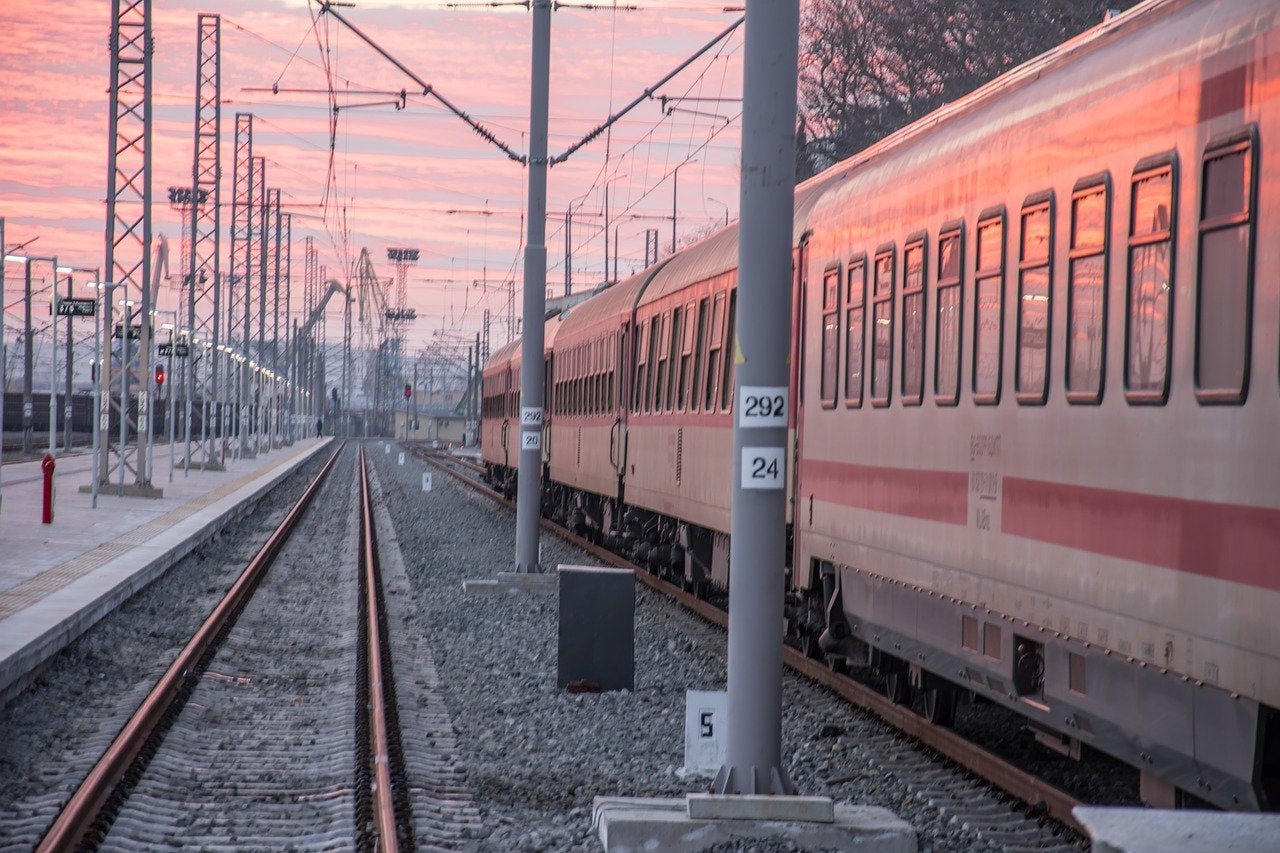
Digitalisation is a buzzword within the rail sector with many industry bodies, companies and rail providers mentioning ‘rail digitalisation’ frequently. Defined as a process which uses digital technologies to alter and change a business model – digitalisation will allow the rail sector to adopt new technologies and facilitate a range of new processes.
This new technology will shape how those in the industry cover their daily tasks, and will also frame how passengers and freight will move and function in the future.
How well do you really know your competitors?
Access the most comprehensive Company Profiles on the market, powered by GlobalData. Save hours of research. Gain competitive edge.

Thank you!
Your download email will arrive shortly
Not ready to buy yet? Download a free sample
We are confident about the unique quality of our Company Profiles. However, we want you to make the most beneficial decision for your business, so we offer a free sample that you can download by submitting the below form
By GlobalDataOrganised by UNIFE – encompassing “The European Year of Rail” campaign – the online event aimed to discuss and explore how the rail sector can harness the emerging technologies to become the backbone of the sustainable mobility model.
During the event several topics were discussed by industry experts ranging from autonomous trains and The European Green Deal.
European Green Deal
Climate change presents issues and threats worldwide, including rising temperatures, reduced air quality and loss of biodiversity. To mitigate the rail sector’s impact, the European Commission has stated that Europe needs a new growth and development strategy, which will transform it into a modernised, more efficient sector.
The green deal focuses on the reduction of greenhouse gases by 2050, and economic growth being decoupled from resource use. The overall goal of the deal is to ensure that the EU’s economy is as sustainable as it can be.
During the discussion, the green deal was brought forward as a positive for the rail sector, allowing better monitoring of potential environmental impacts. This will allow the industry to monitor its progress and ensure that the steps it is taking reflect the goals of the deal.
John Cleuren, DG research, European Commission, touched on this topic during the discussion. “The European Green Deal is a beautiful gift to the sector in the sense that it’s the only sector that already has the answer now. It’s not 100% zero emission – we all know that we still have diesel trains, among other things. But for a very large extent it’s already green and it’s embraced by politicians, but also by citizens,” Cleuren said.
“Everything we do will be checked whether it’s green or not, so that’s fantastic for the railway sector. Of course, we have to understand it’s not only about the climate, it’s also about the environment. It’s also about biodiversity and it’s about wellbeing in general. So, rail has a responsibility to look at all those aspects.”
Autonomous trains
Technology surrounding driverless, autonomous trains has been explored by those in the industry for many years. With companies such as Tesla making strides within the automotive sector it is hoped that rail will be soon to follow.
Autonomous trains have been successfully trialled by Hitachi Rail, where testing has been completed for passenger and freight trains. Antonella Trombetta, head of European affairs at Hitachi Rail discussed the results of the testing.
“The first big result is related to the technical demonstrator of ATO, the automatic train operators, it is related to the automated guide. We did the test, both for passenger and freight, and the result gave us great confidence. It means that we are concluding the first step of the process to an automated autonomous vehicle in railways. It’s a big step forward.”
Implementing the digitalisation
Announcing successful testing prompted conversation amongst the panellists surrounding when this – as well as other digitalisation technologies – would become available to the market.
Carlo Borghini, executive director at Shift2Rail Joint Undertaking, stressed the importance of continued research and innovation within the industry to ensure new technology can enter the market as soon as possible.
“Europe’s rail network will continue to work on research innovation to look at exactly how to ensure that these technologies enter into the market, because everything is too late. If you look at the speed of in which some other continents are implementing a train protection system, it is much faster,” he said.
“We come from a railway network that has been divided. We are now moving towards synchronising the network to bring it together, but we need to have it the correct way to take the decision to bring solutions into the market. This is a fundamental component for the return on investment of everyone, starting with the passenger and the rail cargo operators.
“Rail needs to change, and we need to take this major opportunity to change now. To answer the question of ‘when’ – it’s too late already.”
Borghini went on to discuss that the rail sector cannot wait 10-15 years to implement these digitalised, environment-focused technologies, because it is too slow. The suggestion is to bring these new technologies into the marketplace within three years to ensure an impactful digitalisation shift.






